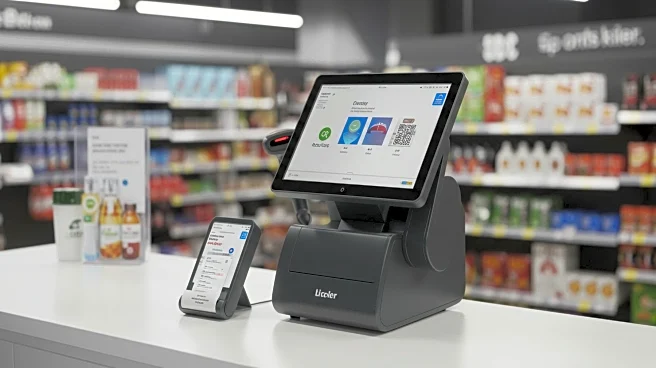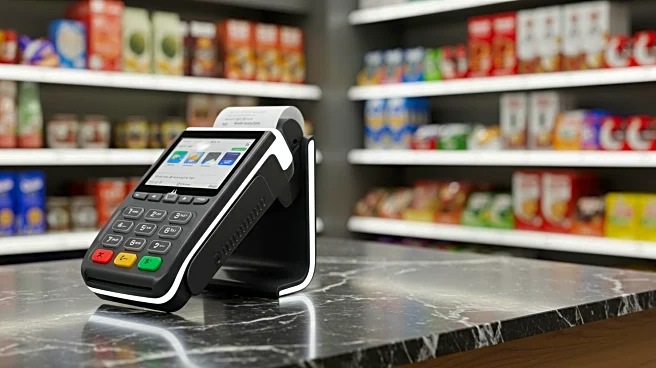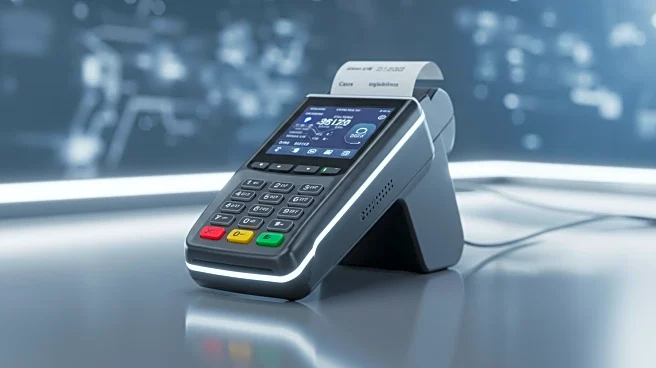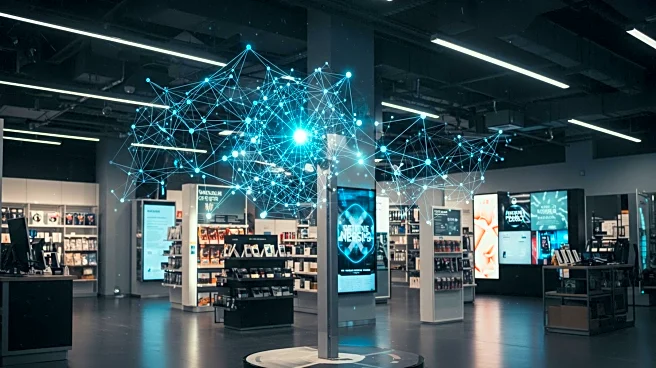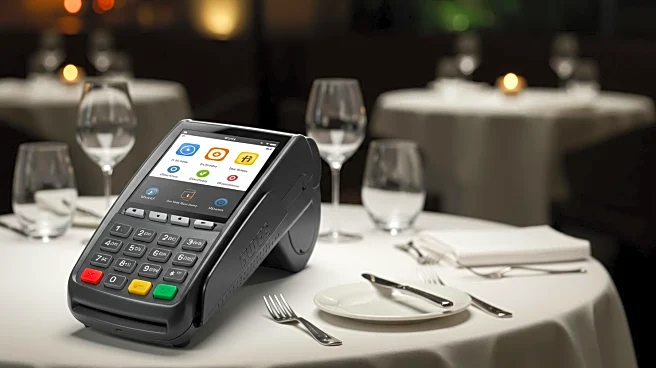Rapid Read • 8 min read
Shopify has unveiled a comprehensive guide for retailers on how to accept credit card payments using smartphones, both in-person and over the phone. The guide highlights the use of mobile point-of-sale (mPOS) systems and virtual terminals, which allow businesses to process payments without the need for traditional hardware. Shopify's POS app enables merchants to use their smartphones as card readers, facilitating transactions through tap-to-pay technology. This development is aimed at providing flexibility and convenience for retailers, especially those operating in dynamic environments like craft fairs or pop-up shops.
AD
The ability to process payments via smartphones is crucial for modern retailers seeking to streamline operations and enhance customer experience. This technology reduces the need for expensive hardware, allowing businesses to save costs and operate more efficiently. It also offers increased security compared to cash transactions, minimizing risks of theft and fraud. By integrating mobile payment solutions, retailers can offer a wider range of payment methods, including contactless and mobile wallets, thus catering to diverse consumer preferences. This advancement is likely to boost sales and customer satisfaction, positioning businesses to thrive in a competitive market.
Retailers are expected to increasingly adopt mobile payment solutions as they seek to enhance operational flexibility and customer convenience. Shopify's integration of mobile payment technology with its POS system may lead to further innovations in retail technology, potentially influencing industry standards. Businesses might explore additional features such as advanced security measures and seamless integration with existing retail tools. As mobile payments become more prevalent, retailers will need to ensure compliance with security standards like PCI DSS to protect customer data and maintain trust.
The shift towards mobile payments reflects broader trends in digital transformation within the retail sector. This development may influence consumer behavior, encouraging more spontaneous purchases and reducing cart abandonment. It also raises questions about data privacy and security, necessitating robust measures to safeguard sensitive information. As retailers embrace mobile technology, they may need to invest in employee training to ensure secure and efficient payment processing. Long-term, this trend could lead to a redefinition of retail spaces, with less emphasis on traditional checkout counters and more focus on mobile-enabled interactions.
AD
More Stories You Might Enjoy


